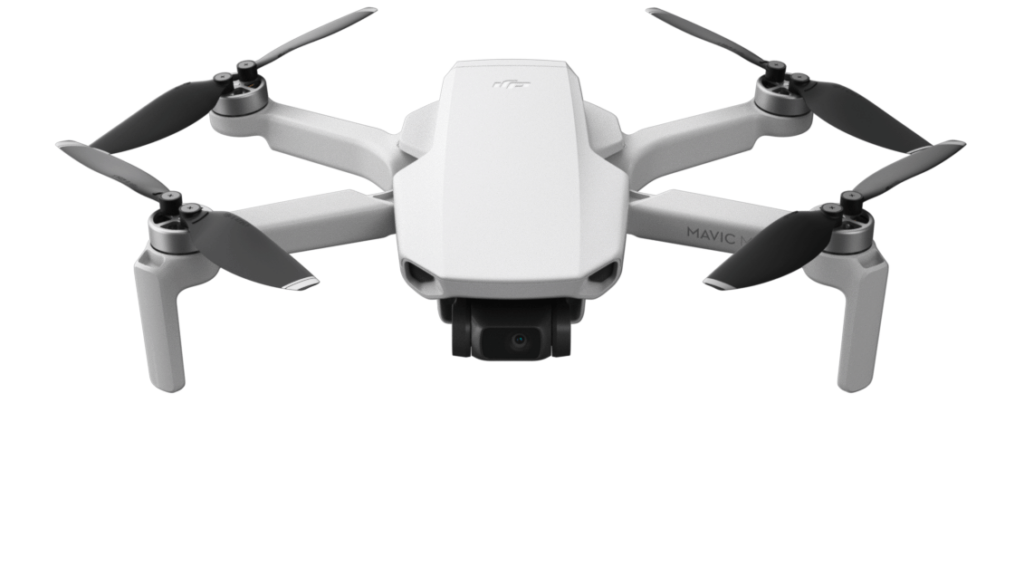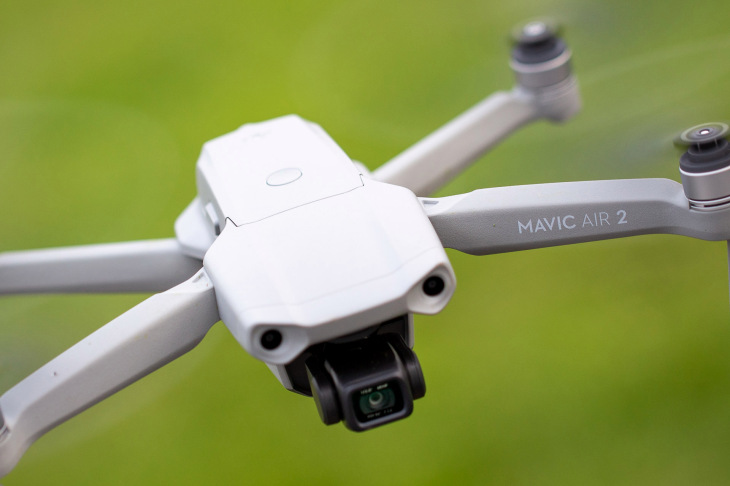Nanotechnology can contribute to society depending on whether it is possible to tailor the structures of materials at “extremely small scales” to achieve specific properties, thus significantly extending the materials.
The “small scale” mentioned in the previous paragraph refers to the nanometer scale of one billionth of a meter, slightly longer than a yard.
Nanotechnology is helping to improve, even revolutionize, numerous technology and industry sectors, such as information technology, homeland security, transportation, energy, food safety, environmental science, medicine, etc.
Advances in nanotechnology has made drug delivery possible, however, operating at the nano level may be the most challenging target for the delivery of medicine.
Nanomotors are the way nanoscale devices transform energy into movement at both the molecular and cellular level, and delivering a drug to a specific cell or tumor which has been encouraging and an ongoing challenge in the field of oncologic therapeutics and immunotherapy. There has been some progress for treatment of melanoma and “non small” cell lung cancer, has been encouraging. However, progress has been limited by technological issues, which “involves fine control and release of therapeutics, similar to the engagement of a molecular switch. Achieving this fine control has been one of the principal ongoing challenges.”
The first-ever method for controlling nanomotors has been developed in the last few years.
Just as electrical transistors have been the “engine” within microchips contained inside our electronic devices, recent advances in nanotechnology to activate cellular functions by “molecular switching” are becoming a reality because of a new approach which makes use of the basic principles of photons contained in visible light.
Researchers have fairly recently identified the first approach for altering the mechanical motion of nanomotors by using visible light as the stimulus. It was discovered that, “the variation in light intensity can increase, stop and reverse the rotational orientation of silicon nanomotors in an electric field.”
This is similar to producing a switch which alters the mechanical motion of rotary nanomotors which changes their direction instantly, like an “on-off” switch. The researchers used light from a laser at variable strengths and intensity—from visible to infrared—to alter the motion of nanomotors.
According to Dr. Robert Glatter,
“The implications of this discovery are far reaching and have the ability to lead to a new class of devices—nanoelectromechanical and nanorobotic—with the potential to impact the field of drug delivery, wireless communication, optical sensing, as well as molecule release and detection.”
The discovery of using light to adjust the mechanical motion itself has significantly greater implications for the integration and ability to alter nanodevices (e.g. nanomotors) in electronic devices which make it possible to make autonomous and intelligent machines at the nanoscale.
Many people who do not have serious illnesses may not be appreciative of these nano-technological discoveries, but those with illnesses, such as diabetes or cancer, should be. The use of nanoparticles allows the delivery of drugs directly to the cancer cells. Nano-particles are engineered so that they are attracted to diseased cells, which makes it possible for direct treatment of those cells. As a result, this technique reduces damage to healthy cells in the body.
Future
It is clear that benefits of improved drug delivery is changing, improving, and even, saving, lives.
Nanotechnology continues to work on delivering drugs that are more efficient and less invasive and potentially less unpleasant for the patients. Some techniques are still only imagined, while others are at various stages of testing, or actually being used today.
Robert Glatter, MD, “Breakthrough In Nanotechnology Brings Nanomotors Closer To Reality For Drug Delivery,” (September 26, 2018)



